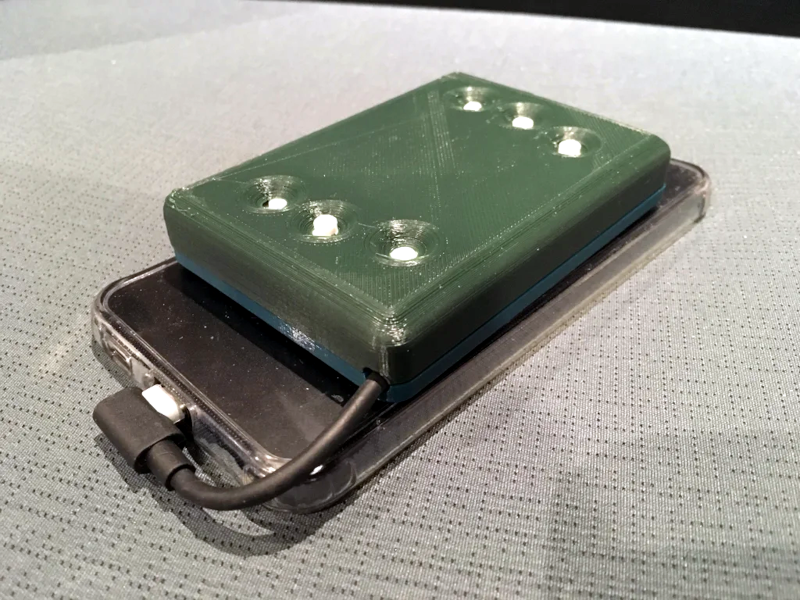Smartphones are an integral part of life, but what if you can’t see the screen? There is text-to-speech available, but that’s not always handy and can be slow. It also doesn’t help users who can’t hear or see. Refreshable braille devices are also available, but they are expensive and not very convenient to use. [Bmajorspin] proposed a different method and built a prototype braille device that worked directly with a cell phone. The post admits that as the device stands today, it isn’t a practical alternative, but it does work and is ripe for future development to make it more practical.
The device saves costs and increases reliability by using six vibration motors to represent the six dots of a braille cell. However, this leads to an important issue. The motor can’t directly mount to the case because you have to feel each one vibrating individually. A spring mounting system ensures that each motor only vibrates the tactile actuator it is supposed to. However, the system isn’t perfect, and fast output is difficult to read due to the spread of vibrations.
The whole thing sits in a magnetic case and connects to the phone for power. The data is sent via Bluetooth (BLE, actually, in this version). The electronics are simple: just some basic motor drivers and an Arduino. Slowing them down might make the vibrations easier to manage, and that might be an idea for the next version.
Overall, this seems like a good idea that maybe needs a bit of refinement. The post ends with several ideas for future development.
This made us think of a system we saw that requires no contact at all. Even machines can learn to read braille.

Victor osuhon
Nice